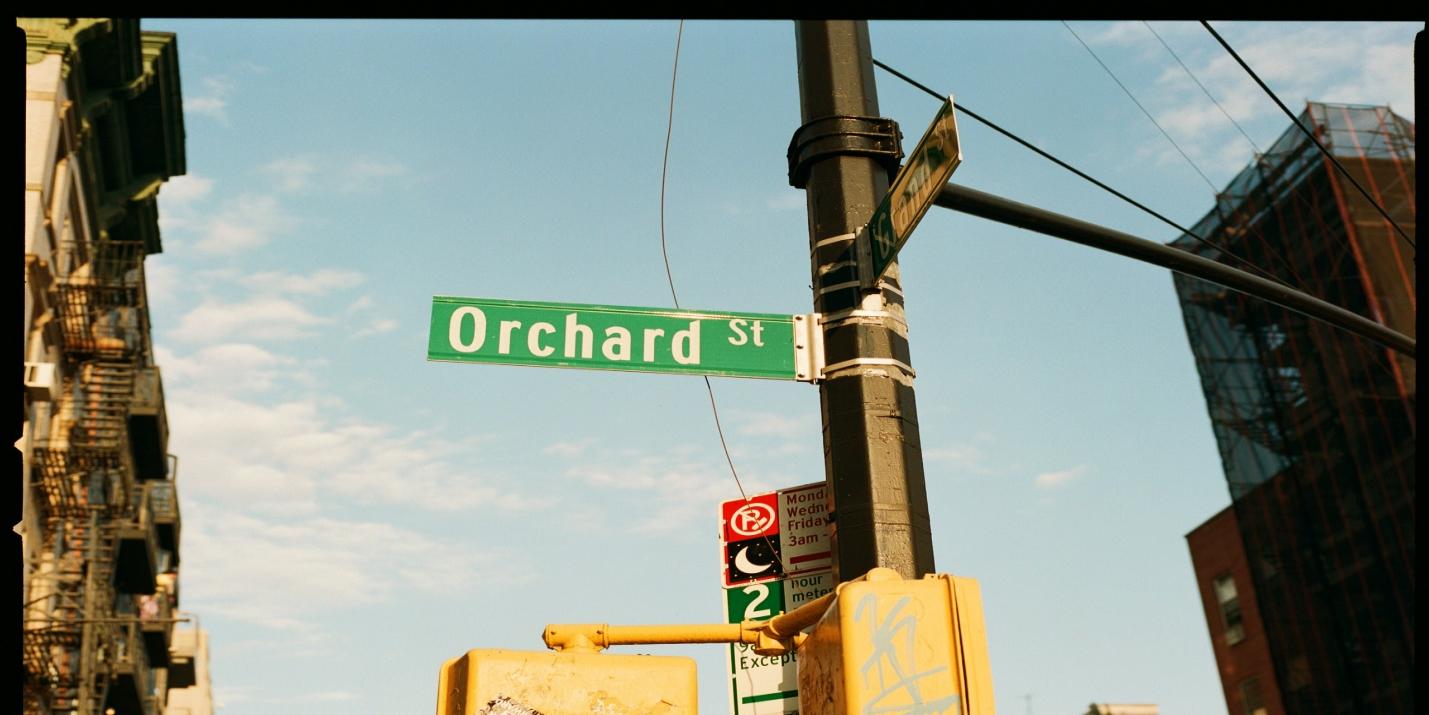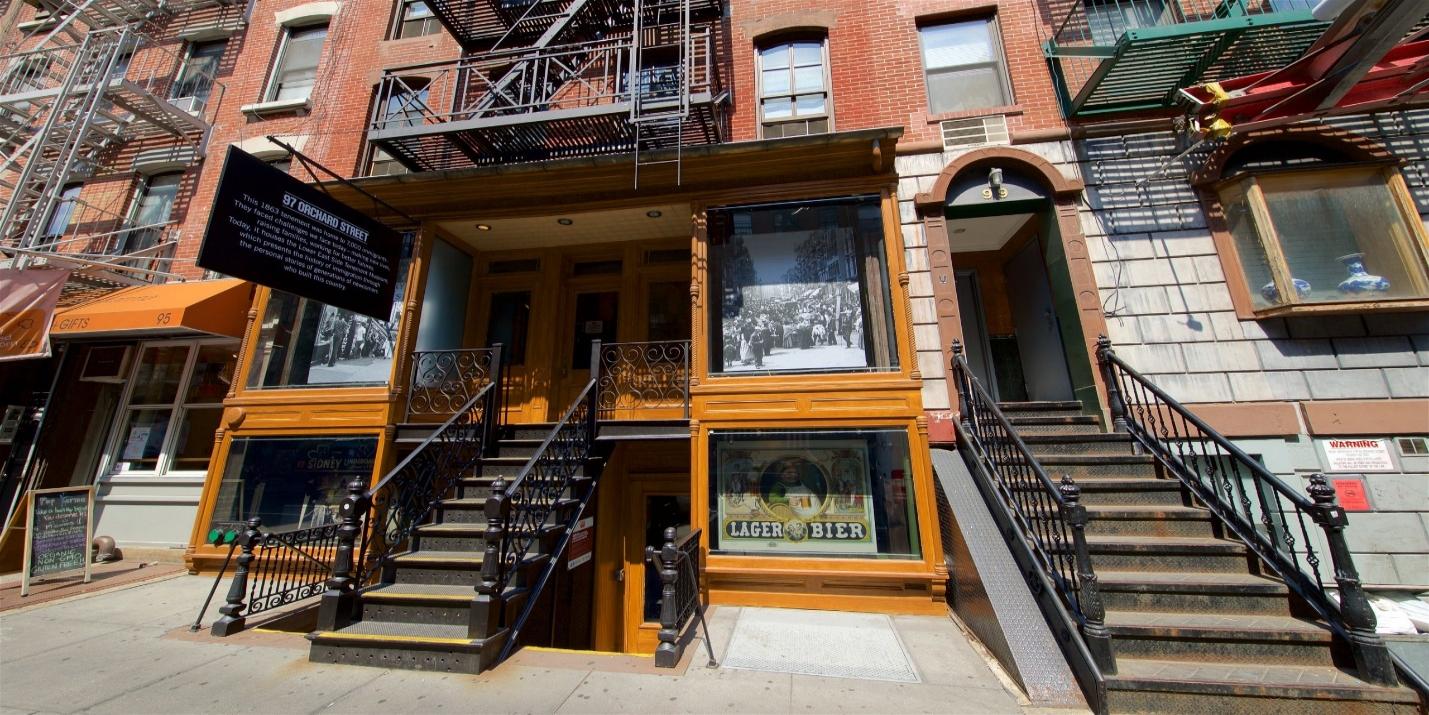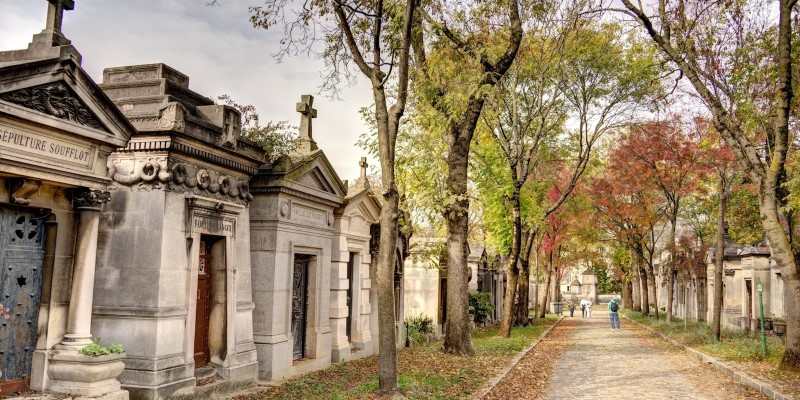There's something quietly magnetic about the East Village and Lower East Side. These two neighborhoods don't try to impress with flash. They've been through eras, each one leaving its mark, and today, they hum with a kind of lived-in charm that doesn't care if you notice it or not. But once you do, you'll keep coming back.
The East Village feels like the city’s cool older cousin who’s done it all — from punk shows to poetry readings — and now spends weekends browsing record stores and debating where to get the best falafel. Just south, the Lower East Side still wears its scruffy roots with pride, even as it makes room for tiny galleries, thoughtful shops, and cafes that quietly serve some of the best food in the city. Together, they form one of the most interesting corners of Manhattan.
The Streets That Speak for Themselves
St. Marks Place
Three blocks, infinite narratives. St. Marks has something for everyone, and it never lags. There are tattoo parlors that have witnessed generations pass through their doors; ramen stand where the wait always seems worthwhile, and small vintage stores with hand-scrawled signs and carefully curated treasures. It's dirty in a good way. If you stand there too quickly, you will miss half the wonder — such as the saxophonist in the doorway to the bodega or the basement shop with incense and CDs you did not realize were still being manufactured.
Orchard Street
A walk down Orchard Street is like flipping through a photo album. Some buildings still have the same awnings from decades ago. Look closer, and you'll notice the way the old and new sit side by side without trying to outdo each other. There's a denim shop that's been there forever, and two doors down, a minimalist cafe where people sip matcha and tap away at laptops. It works, somehow. On Sundays, when the street closes to traffic, the pace slows, and you start to notice everything you normally miss.

Food That Doesn’t Need a Hype Machine
Longtime Favorites
When someone talks about the East Village or LES food scene, you might expect a certain kind of trendiness. And yes, there are spots like that, but the real gems don’t shout. You’ll find a Ukrainian diner that’s been serving the same pierogis for over fifty years, and it still fills up every night. There’s a place on 2nd Avenue where the matzo ball soup is served with zero fuss and a lot of heart. The staff might not smile much, but the food speaks for itself.
Small Places Doing Big Things
Some of the best meals come from spots so small you could walk past them three times. A few are counter-only establishments featuring five stools and a chalkboard menu. Others are tucked into corners of buildings with faded paint and blinking neon signs. There's a bakery that only sells one thing, and it sells out by noon. There's a falafel stand where the owner knows half his customers by name and will throw in a pickled turnip or two just because.
Places Where Time Doesn’t Rush
Tompkins Square Park
Tompkins is more than a park — it's a backdrop. You'll see chess games that stretch for hours, parents with strollers, and people practicing saxophones under trees. There's often someone sketching quietly on a bench, and there's usually a dog or three running around without much interest in anything but the next stick. The square itself doesn't need anything added to it — it just exists, doing its thing. When the weather's good, people stay until the light fades.
Tenement Museum and Local Galleries
If walls could talk, they’d sound a lot like the stories told inside the Tenement Museum. It’s not flashy or high-tech, but it stays with you. You learn about families who shared tiny rooms and chased better days, sometimes finding them, sometimes not. A few blocks away, smaller galleries fill storefronts with art that doesn’t feel manufactured. These aren’t places where you need to dress up or whisper. Just walk in, take a look, and decide how you feel about it.

How to Spend a Day Without Planning One
Step 1: Start Slow with a Good Coffee
Skip the chains. The best spots are ones where the barista doesn’t try too hard to chat, but they remember your order after a visit or two. Grab a seat by the window, people-watch, and let the city wake up around you.
Step 2: Wander Without a Map
Let the street pull you in whatever direction it wants. You might find a bookstore that still smells like paper and dust or a thrift shop where every hanger creaks. Don't be afraid to go into the small spots. Some of them have treasures behind curtains or tucked behind stacks.
Step 3: Eat When You’re Hungry, Not When You’re Supposed To
No need for reservations or rigid plans. The East Village and LES are perfect for spontaneous meals. Follow your nose, look for where the regulars are sitting, and try something new. Whether it’s noodles, dumplings, or a knish, you’re likely to remember it more than anything you planned ahead.
Step 4: Let the Evening Unfold Naturally
By the time the sun starts to go down, the streets shift a little. The air feels different. Music spills from open windows, and people start moving a bit slower. Maybe you'll find a late-night dessert spot or end up sitting on a stoop talking to someone you just met. This is the kind of neighborhood where those things happen if you let them.
Wrapping Up
The East Village and Lower East Side don't follow trends, and they're not trying to be the next big thing. They've already had their moment in the spotlight more than once, and now they're just being themselves — layered, surprising, sometimes messy, and often beautiful in ways you don't notice right away. Whether you're there for a few hours or a few days, it's the kind of place that leaves a mark quietly. And for most people, that's the reason they return.












